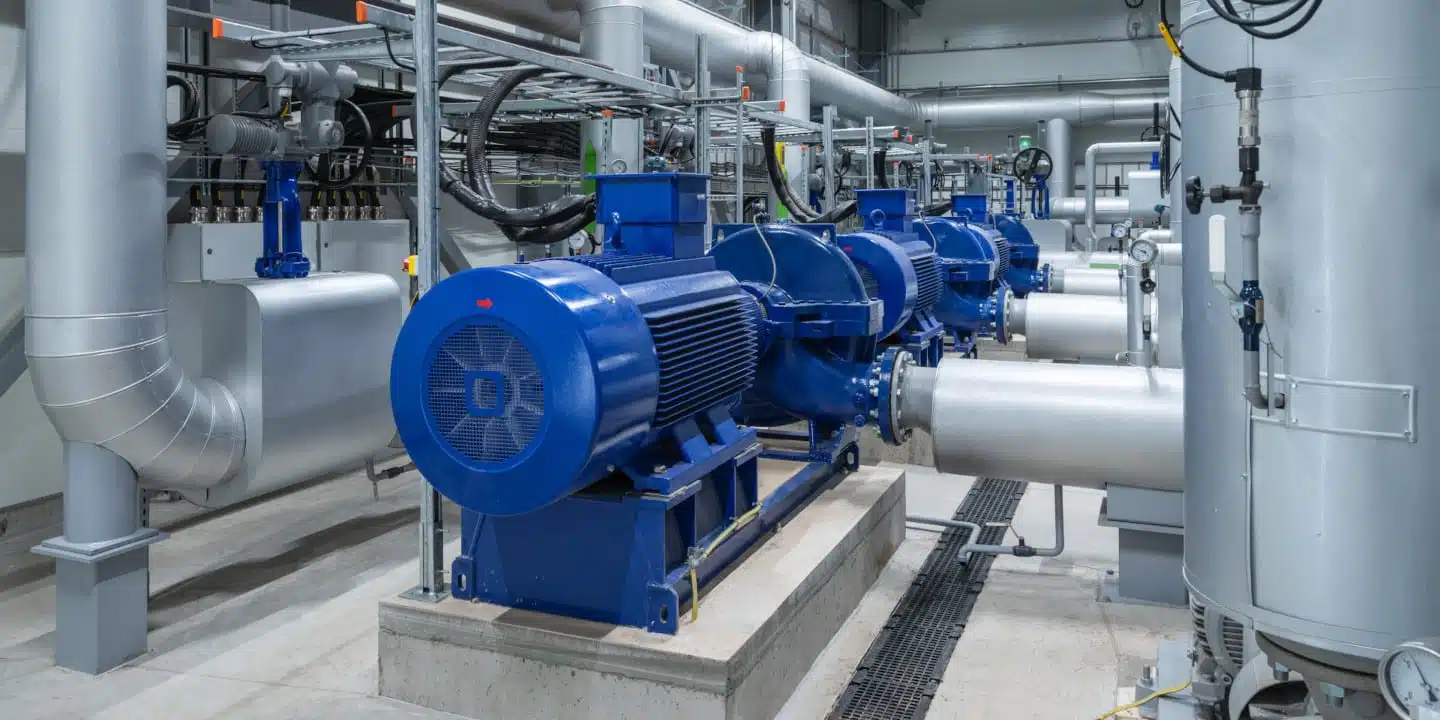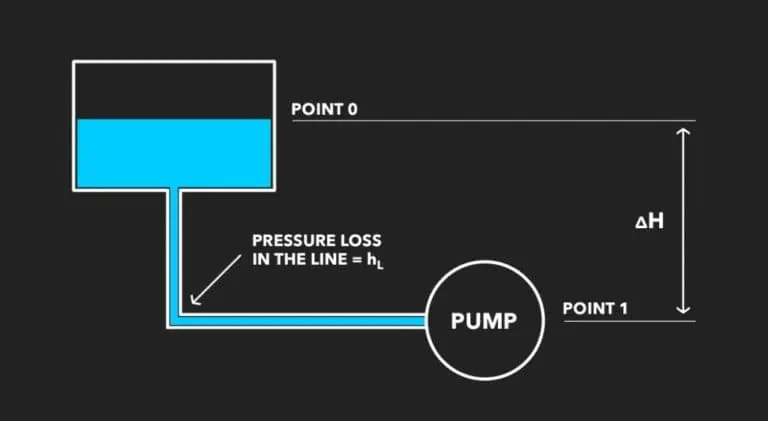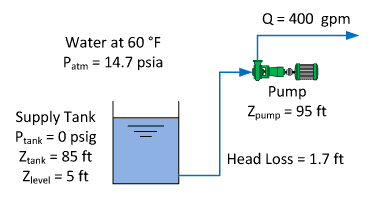
Our world as we know it could not exist without piping systems. A critical part of our architecture, not to mention infrastructure as a whole, piping systems harness the elements for any use we can imagine. Understandably, they require some incredibly complex engineering.
A net positive suction head pump, a critical parameter in fluid mechanics for understanding pump performance. Read on to learn why it’s so important, and how to calculate it in your operation.
One of the most important fluid mechanic concepts involved in piping systems is net positive suction head (NPSH), a measure of the available pressure on the suction-side of a pump, which is required to prevent cavitation (the formation of vapor bubbles in a fluid) from occurring. This is necessary to determine whether a given pump will operate effectively without experiencing cavitation. Another way of understanding NPSH is that it’s the amount of fluid energy at the pump suction in reference to absolute zero energy.
With centrifugal pumps in particular, it’s also important to understand the net positive suction head required (NPSHr). This metric represents the amount of fluid energy required by the pump to operate without cavitation. Pump manufacturers test their pumps to determine the NPSHr over the range of operating flow rates for the pump.
Geopolitics are rewiring manufacturing operations and strategy. Download our new research report to see how your peers are managing disruption.
The amount of fluid energy the piping system provides to the pump suction is called net Positive suction head available (NPSHa). NPSHa is a function of the following characteristics of the piping system on the suction side of the pump:
To prevent cavitation from occurring, the piping system must provide the fluid with enough energy to keep the pressure at the eye from dropping below the fluid’s vapor pressure.
Here is the NPSHa equation:

Here are the key terms you need to know for this equation:
| Ptank | pressure on the liquid surface of the supply tank |
| Patm | local atmospheric pressure (psia) |
| Pvp | vapor pressure of liquid entering the pump section (psia) |
| p | fluid density (lb/ft3) |
| Ztank | elevation of the bottom of the supply tank, measure from the reference plane (ft) |
| ZLevel | liquid level measured from the bottom of the tank (ft) |
| Zpump | elevation of the centerline of the pump section (ft) |
| hL | head loss in the suction pipeline between the tank and the pump section (ft) |
Equations for calculating NPSH vary widely depending on the different characteristics of a piping system. For example, systems where tanks are open to the atmosphere have different fluid mechanics than those that are fully sealed.
For a tank open to the atmosphere, Ptank in the above equation would be 0 psig. Consider the following system in which water must be lifted from the tank to the pump suction, called a suction lift configuration:

In this example, the NPSHa calculation should go as follows:

As long as the pump’s NPSHr is less than 26.6 feet, the pump should not cavitate. However, there are some suction piping configurations that may cause the pump to cavitate even though NPSHa is greater than NPSHr.
The NPSHa formula can also be used to determine what changes are necessary to create desired fluid conditions. For example, what if you want to create a vacuum within the piping system?
The pump suction pressure in the system from Example 1 would be below atmospheric pressure, or at a vacuum, because the pump must pull the liquid up from the tank, so the change in elevation reduces the fluid pressure.
In addition, the head loss between the tank and pump suction also reduces the fluid’s static pressure, causing the pressure at the pump suction to be at a vacuum. This is an application of the Bernoulli principle in which the pressure head is converted into elevation head, resulting in a reduction in the fluid pressure.
The actual pressure at the pump suction can be calculated by rearranging the Bernoulli equation below to solve for P2:

Making these calculations by hand or on spreadsheets is not only time-consuming, but also incredibly vulnerable to human error, which can set your engineering department back by days. In order to maintain accuracy and improve overall efficiency, it’s critical to invest in a fluid simulation program that handles the math for you.
PIPE-FLO is the engineering standard for modeling and simulation calculations to manage your entire fluid system lifecycle. From design to digital twin simulations, our software is proven to save time and money.
Schedule a Product Demonstration to experience the platform for yourself.